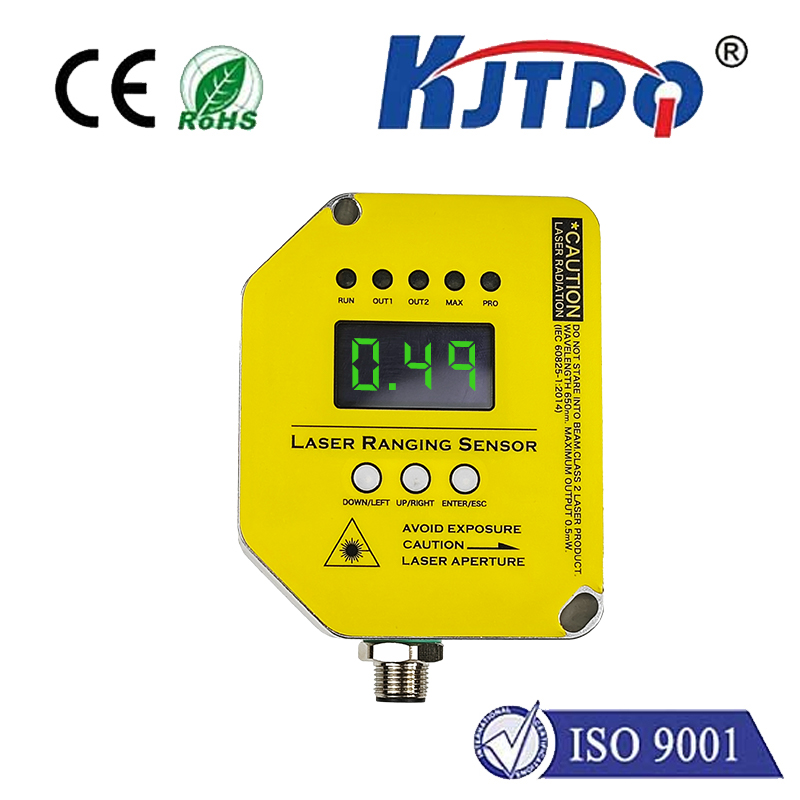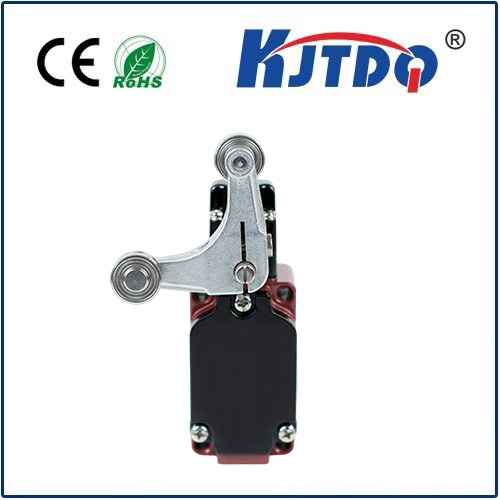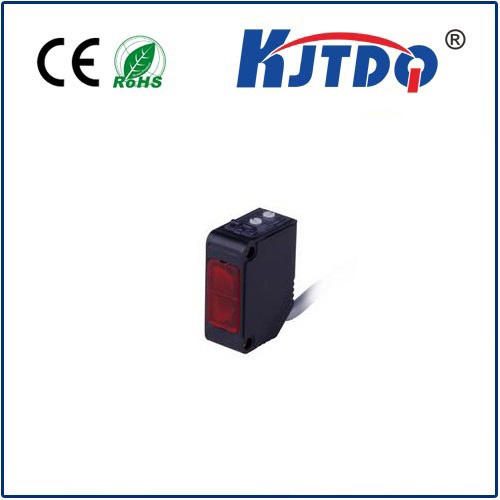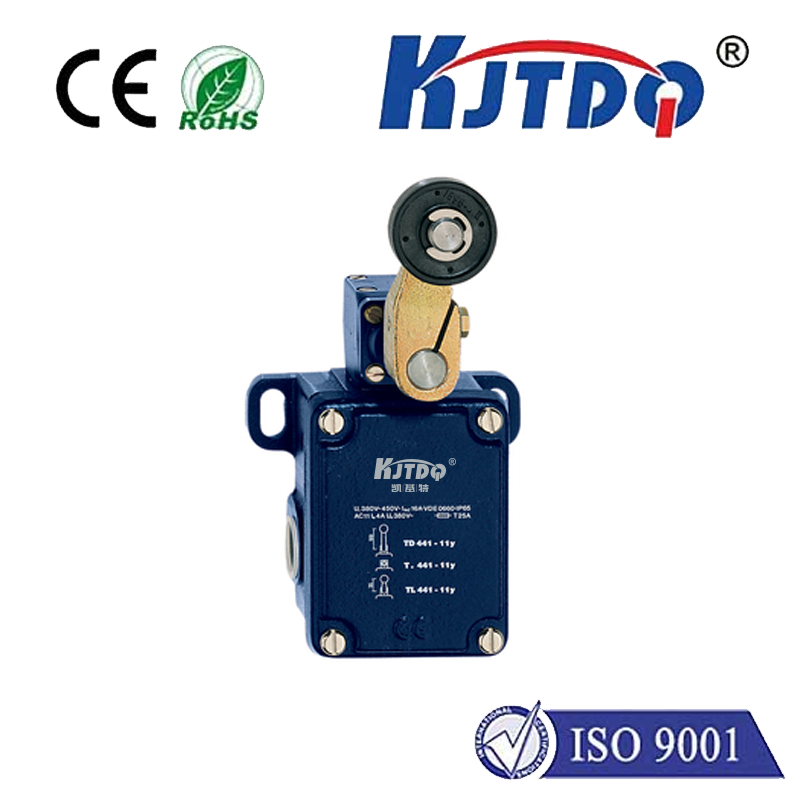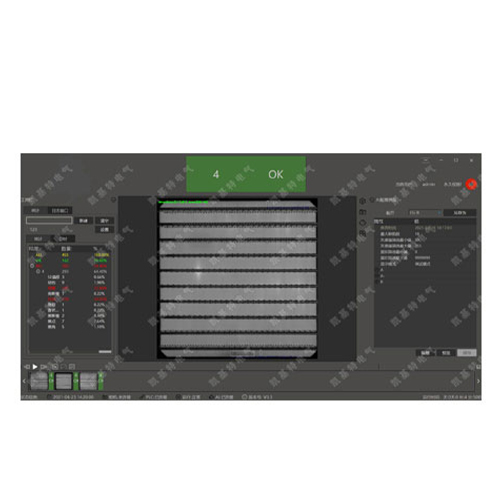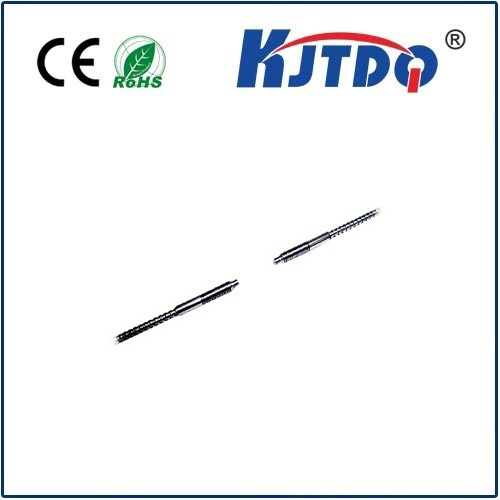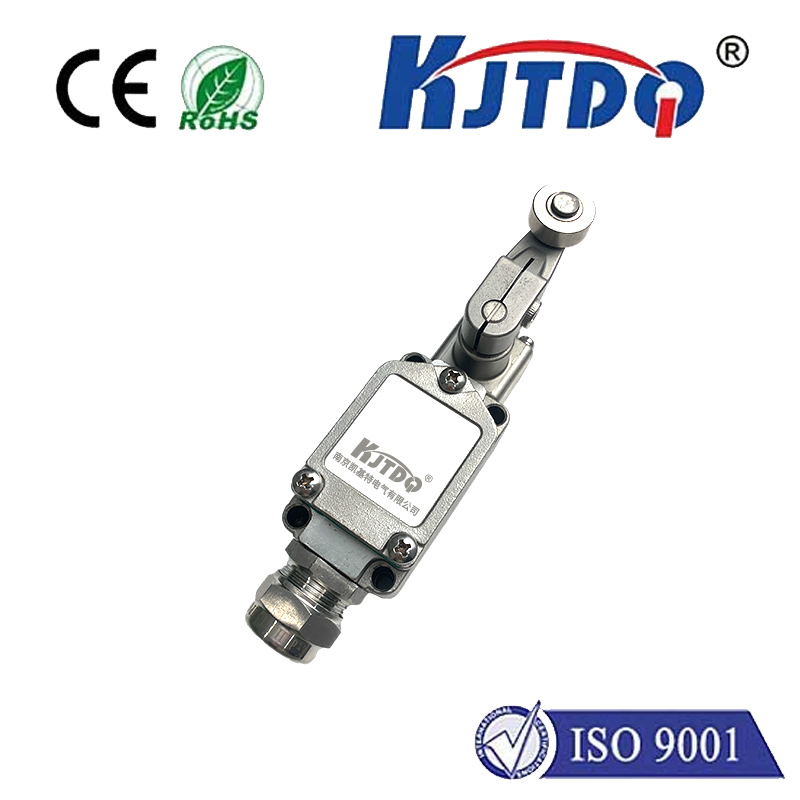photoelectric switch bag making machine sensor
- time:2025-09-10 18:15:41
- Click:0
Photoelectric Switches: The Unseen Precision Engine of Modern Bag Making Machines
Imagine a high-speed bag making machine suddenly faltering. Rolls of pristine film snag, cut lines become misaligned, seals fail. Production grinds to a costly halt. Often, the unseen culprit – or savior – lies in a small, unassuming component: the photoelectric switch. This crucial sensor, acting as the machine’s vigilant electronic eye, underpins the efficiency, accuracy, and reliability demanded by today’s automated packaging lines. Understanding its role isn’t just technical; it’s fundamental to maximizing productivity and minimizing waste in bag production.
The Photoelectric Principle: Seeing Without Touching
At its core, a photoelectric switch operates on a beautifully simple principle. It consists of an emitter (usually an infrared LED or laser diode) that projects a light beam and a receiver (a phototransistor, photodiode, or similar component) designed to detect this specific light. The fundamental state change – the “switch” action – occurs when the target object (in this case, the bag material, a printed mark, or a moving part) either interrupts or reflects this light beam.
This non-contact detection is revolutionary. Unlike mechanical limit switches prone to wear and tear from constant physical impact, photoelectric sensors operate purely through light. This translates directly to exceptional longevity, reduced maintenance, and consistent performance even in demanding high-cycle bag production environments. They are the silent guardians ensuring the process flows seamlessly.

Integral Roles in the Bag Making Workflow
Photoelectric sensors are strategically integrated throughout the bag making machine to perform critical control functions:
- Material Presence & Feed Control: Perhaps the most fundamental role. Sensors detect the leading and trailing edges of the plastic film or paper web as it unwinds. This information is vital for:
- Precisely activating the film feed mechanism.
- Maintaining consistent tension control (often working in tandem with dancers or load cells).
- Preventing film run-out by signaling when a roll needs changing.
- Ensuring continuous material flow without gaps or overlaps that cause jams or defective bags.
- Print Registration (Mark Detection): For pre-printed materials, achieving perfect alignment of graphics, logos, or cut lines is paramount. Specialized photoelectric sensors, often called mark sensors or registration sensors, are calibrated to detect specific printed marks (contrast marks, color marks, or perforations) on the moving web.
- Retroreflective sensors are commonly used here, relying on a reflector bouncing the light back. The sensor detects the presence (or absence) of the mark based on the contrast against the background material.
- This precise detection allows the machine’s control system to make micro-adjustments to the web position, ensuring cuts and seals occur exactly where intended, guaranteeing branded bag consistency.
- Position Verification & Sequencing: Sensors verify the correct position of components during critical operations:
- Confirming a bag has advanced correctly to the cutting and sealing station.
- Ensuring grippers or clamps are in the open/closed position before commencing a sealing cycle. This prevents catastrophic misalignments that damage machinery or ruin entire batches.
Jam Detection & Safety: Strategically placed sensors monitor expected material paths. If film unexpectedly stops moving, bunches up, or deviates from its track, the interrupted light beam triggers an immediate stop command. This prevents damage to expensive tooling (like knives and sealers) and the material itself, enhancing both machine safety and operational uptime.
Counting & Batch Control: By detecting each bag as it passes a specific point post-manufacture, photoelectric sensors enable accurate counting for batching, packaging, or inventory control.
Why Photoelectric for Bag Making? The Compelling Advantages
The dominance of photoelectric technology in this sector isn’t accidental. It offers distinct advantages perfectly aligned with bag production needs:
- High Speed & Precision: Capable of detecting objects moving at the blistering speeds of modern bag machines with micrometer-level accuracy. Through-beam sensors, where emitter and receiver face each other, offer the longest ranges and highest precision, ideal for thin film detection or demanding registration tasks.
- Non-Contact Sensing: Eliminates wear on both the sensor and the delicate film material. There’s no physical force applied, critical for handling thin polymers without marking or tearing.
- Reliability & Long Life: Solid-state construction with no moving parts susceptible to mechanical failure means minimal downtime and reduced lifecycle costs. They are built for endurance in industrial settings.
- Versatility: Available in various types (through-beam, retroreflective, diffuse-reflective) suited to different detection needs and mounting constraints within the machine frame. Options exist for handling transparent films, detecting low-contrast marks, or operating in challenging ambient light conditions.
- Relatively Easy Integration: Standardized mounting options and common output signals (PNP/NPN transistor, relay) facilitate straightforward connection to the machine’s Programmable Logic Controller (PLC).
Selecting the Right “Eye” for the Job
Not all photoelectric sensors are created equal. Choosing the optimal sensor requires careful consideration:
- Sensing Type: Through-beam offers maximum range and precision for critical tasks like registration. Retroreflective is ideal for mark detection where mounting opposite sides is impractical. Diffuse-reflective (bouncing light off the target itself) works well for opaque material presence detection but is less effective for clear films.
- Sensing Range: Ensure the sensor’s specified range accommodates the physical mounting distances within the machine.
- Target Material: Critical for transparent films. Standard sensors might struggle; specialized models using laser light or background suppression technology are essential. For mark detection, the sensor must be sensitive enough to reliably detect the specific mark contrast.
- Environmental Factors: Consider dust, moisture, vibration, and ambient light levels. Many sensors offer high IP ratings (e.g., IP67) for dust and water resistance. Stable light sources and robust housing are non-negotiable for factory floors.
- Output Type: Must be compatible with the machine’s control system input requirements (typically 24V DC PNP or NPN).
- Response Time: Crucial for high-speed machines; the sensor must be fast enough to detect edges or marks accurately at the line speed.
The humble photoelectric switch sensor is far more than just a component; it’s the bedrock of intelligent control within the bag making machine. Its ability to provide precise, reliable, non-contact feedback on material position, presence, and registration is indispensable. From preventing costly jams and misaligned prints to ensuring accurate cuts and seals, these sensors operate continuously, often unseen, to guarantee the smooth, efficient, and high-quality production of the bags we rely on daily. Investing in the right photoelectric technology and maintaining these sensors properly is not just a technical consideration – it’s a direct investment in production line efficiency, profitability, and the consistency of the final packaged product.






